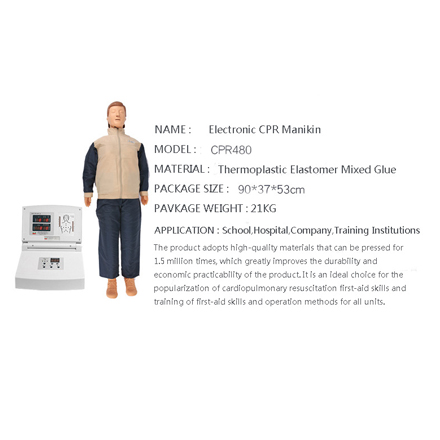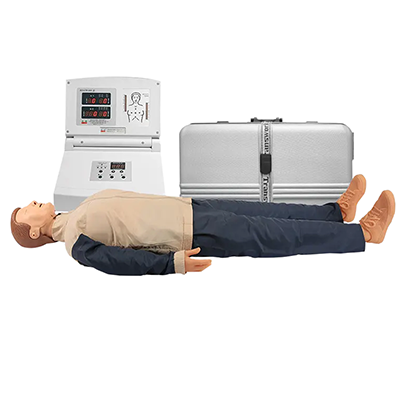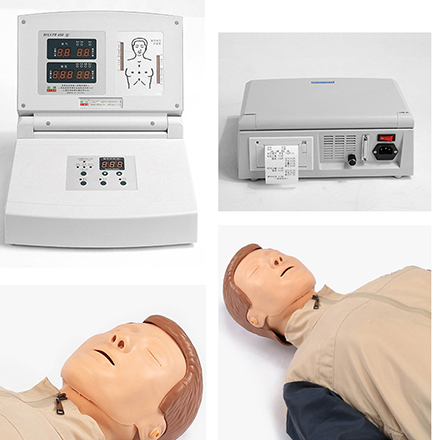With the growing demand for first aid training, especially in the fields of medicine, nursing and emergency care, advanced cardiopulmonary resuscitation (CPR) simulators are becoming an important tool in education. These simulators can accurately simulate emergency situations such as cardiac arrest by highly replicating realistic scenarios, providing students with a safe and realistic operating practice environment.

1. The Evolution of educational models:
Traditional first aid training often relies on simple practice models or human dummies, which, while effective, lack sufficient detail and realism. Advanced CPR simulators can simulate physiological signals such as chest rise and fall, breathing, and blood pressure, so that students can experience a more realistic first-aid situation. Simulators can not only give feedback on whether the student's operation is correct or not, but also adjust the simulation parameters in real time, so as to help the student improve the reaction speed and operation accuracy.
2. Student growth:
For medical students and first responders, real-time simulation training not only helps them transition from theory to practice, but also accelerates the acquisition of skills in a risk-free environment. Research shows that through simulation training, the trainees' actual operation success rate is significantly improved, and it is easier to stay calm and make accurate judgments in actual first aid scenarios.

3. Data support:
According to multiple studies and training feedback, the use of advanced CPR simulators greatly improves the effectiveness of training. Through repeated practice, students can better master the correct CPR steps, especially in the face of uncertainty in the actual first aid, they can make more rapid and accurate decisions. Compared with traditional teaching methods, simulating human provides more systematic assessment and feedback of skills, and promotes the improvement of students' comprehensive ability.

4. Conclusion:
With the increasing demand for first aid training, the application of advanced cardiopulmonary resuscitation simulators is undoubtedly keeping up with this trend. It not only provides students with a more efficient and accurate way to learn, but also provides educators with a new, data-driven teaching platform. With the continuous advancement of technology, these simulators will occupy an increasingly important position in the global first aid training system in the future.
